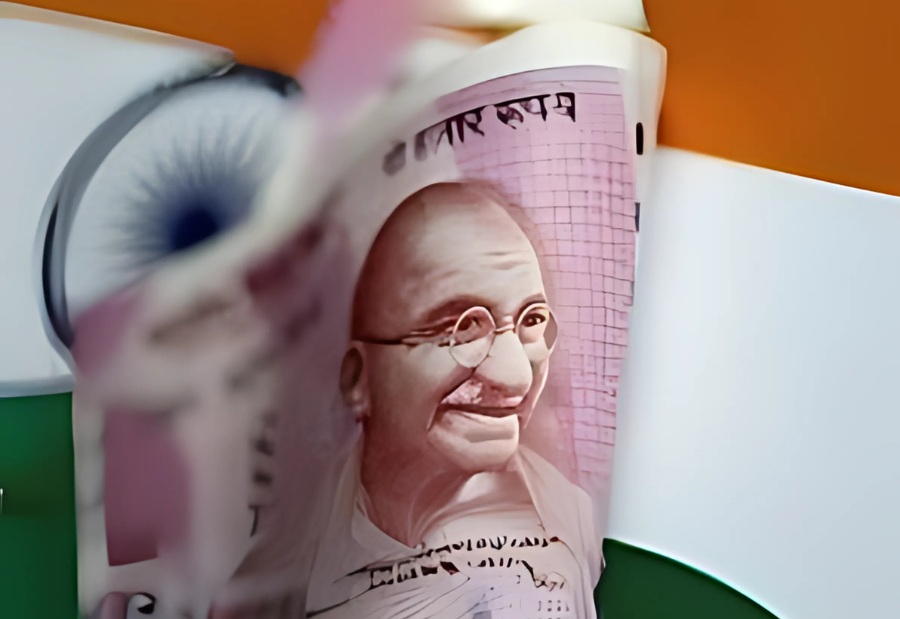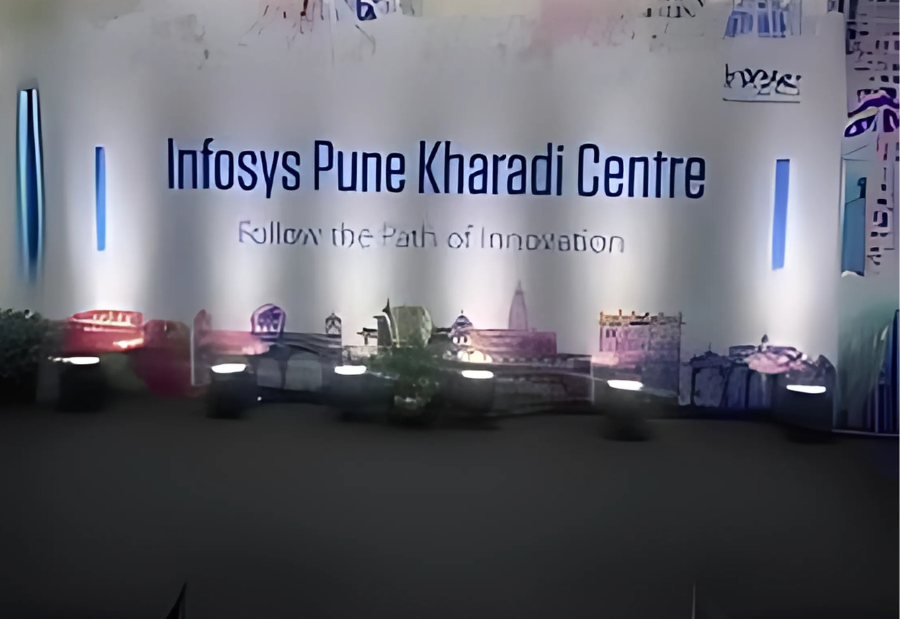India is aiming to become a $10 trillion economy by 2032, and design thinking is playing a key role in driving this transformation. No longer seen as just an aesthetic layer, design is now a core part of policy-making, supply chain planning, and creating better user experiences. It is helping businesses shape strategies that are inclusive, sustainable, and people-focused.
Design is becoming central to how India grows intelligently and inclusively. Traditional economic models are evolving to focus more on human needs, innovation, and accessibility. Design thinking provides structure to complex problems, aligns with technology and business goals, and helps deliver real, lasting solutions.
The government’s push for ‘Design in India’ alongside ‘Make in India’ is proof of how vital design is to national development. Tier 2 and Tier 3 cities are now seen as key growth engines, with their talent, ambition, and rapid digital adoption. To succeed here, companies must create design-led strategies built on local understanding and cultural relevance.
Design is no longer limited to products or services. It shapes business models, organizational structures, and how companies operate. When companies apply design thinking, they balance what users want, what technology can do, and what makes business sense. It is not just about new ideas but building systems that can support and scale them.
A global tech company like Samsung shows how design can drive success. By creating and testing products tailored to Indian users and adapting operations to local needs, they remained relevant and innovative. In contrast, companies like Kodak and Nokia struggled because they failed to adapt their designs to user needs, despite having strong technologies.
Design today is a mix of business, technology, human behavior, and operations. Designers work at the foundation level, solving challenges in fields like healthcare, education, public policy, and manufacturing. New-age design institutes like BITS Design are preparing students with transdisciplinary skills to think across systems, ask better questions, and develop meaningful solutions.
India’s path to becoming a $10 trillion economy will depend on how well it integrates design thinking at every level of development and decision-making.
Also read: Viksit Workforce for a Viksit Bharat
Do Follow: The Mainstream formerly known as CIO News LinkedIn Account | The Mainstream formerly known as CIO News Facebook | The Mainstream formerly known as CIO News Youtube | The Mainstream formerly known as CIO News Twitter |The Mainstream formerly known as CIO News Whatsapp Channel | The Mainstream formerly known as CIO News Instagram
About us:
The Mainstream formerly known as CIO News is a premier platform dedicated to delivering latest news, updates, and insights from the tech industry. With its strong foundation of intellectual property and thought leadership, the platform is well-positioned to stay ahead of the curve and lead conversations about how technology shapes our world. From its early days as CIO News to its rebranding as The Mainstream on November 28, 2024, it has been expanding its global reach, targeting key markets in the Middle East & Africa, ASEAN, the USA, and the UK. The Mainstream is a vision to put technology at the center of every conversation, inspiring professionals and organizations to embrace the future of tech.




